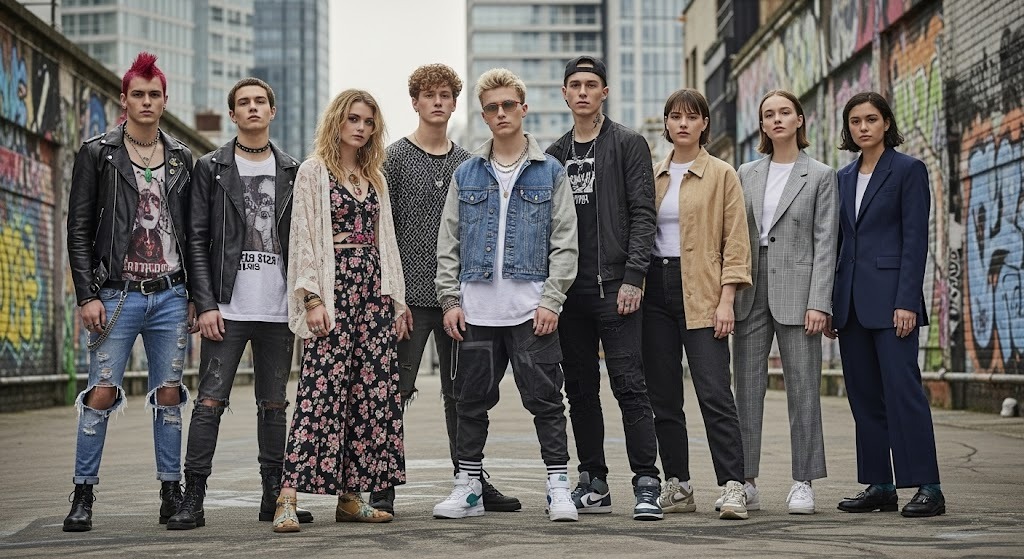Blog
Fashion and Identity: Dressing to Tell Your Story

Fashion is more than fabric—it’s a form of language. What you wear tells a story long before you say a word. It communicates mood, personality, culture, beliefs, and even aspirations. Fashion and identity are deeply intertwined, and understanding this relationship helps us explore not just what we wear, but why we wear it.
Self-Expression Through Style
From punk to preppy, boho to business casual, fashion gives us tools to express individuality. A person’s style can be loud and bold, or quiet and minimalist. Some use clothes to stand out, others to blend in. Some reflect their inner world; others use it to project who they wish to become.
Every choice—a graphic tee, a tailored suit, a pair of worn-in sneakers—is a reflection of identity. Whether consciously or not, we all use fashion to communicate something about ourselves.
Cultural Identity in Clothing
Clothing has long been a carrier of cultural heritage. Traditional garments like the Japanese kimono, Indian sari, Vietnamese áo dài, or Scottish kilt speak to history, geography, and shared values. Even modern streetwear is deeply rooted in cultural context, often tied to music, art, and political movements.
In a globalized world, fashion has become a bridge between cultures. Designers are increasingly drawing inspiration from diverse traditions, creating collections that celebrate multicultural identities. However, this also raises questions about cultural appropriation—highlighting the importance of respect, acknowledgment, and collaboration.
Fashion as Resistance and Empowerment
Throughout history, fashion has been used as a tool of resistance. The black berets of the Black Panthers. The pink hats of the Women’s March. LGBTQ+ pride fashion. Each of these uses clothing not just for aesthetic, but for activism.
Even the personal choice to dress differently from societal norms can be empowering. Androgynous fashion, gender-fluid style, or reclaiming traditional garments in modern contexts can all challenge dominant narratives and redefine beauty standards.
The Psychology of Clothing
What we wear affects how we feel. Psychologists refer to this as “enclothed cognition”—the idea that our clothes can influence our behavior, confidence, and mindset. A sharp blazer can make us feel powerful; comfortable loungewear can help us relax.
This connection also explains the emotional ties we have with certain items—a concert tee, a graduation dress, a favorite jacket worn through major life events. Clothes become memory keepers.
Social Media and Style Identity
Platforms like Instagram and TikTok have reshaped how we explore and showcase personal style. Trends are no longer dictated solely by designers but by influencers, micro-communities, and users around the world. Fashion has become more democratic, more diverse, and more niche.
This visibility has empowered more people to experiment with style, share their fashion journeys, and find communities that reflect their identity—whether that’s cottagecore, techwear, dark academia, or something entirely new.
Fashion Is Your Storyboard
Every morning, when you get dressed, you’re writing a story—sometimes consciously, sometimes not. Fashion gives you the chance to rewrite that story every day. Whether you dress to match your mood or to challenge it, to align with others or stand apart, fashion is your daily narrative device.
In a world that often tries to define us, fashion gives us the power to define ourselves.
